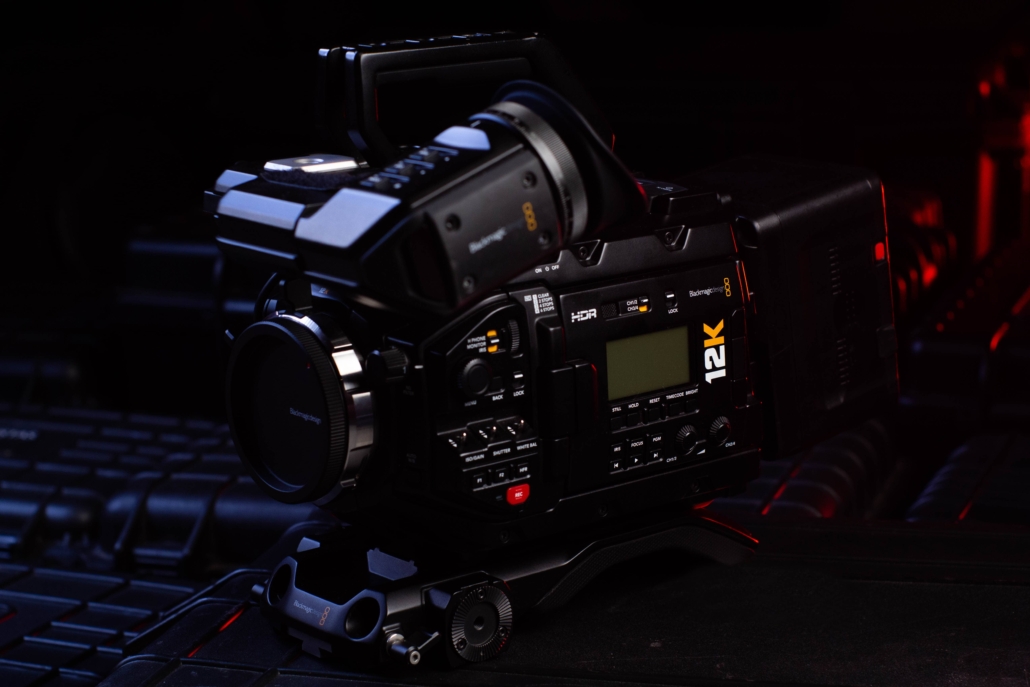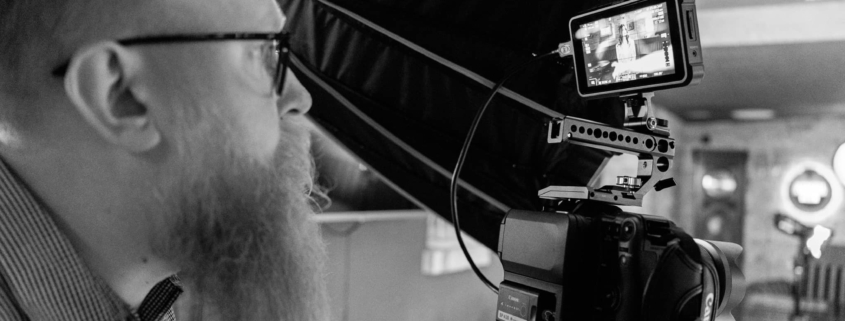Conference filming - 4 practical tips from videographers
Conference filming - 4 practical tips from videographers
Filming conferences is a little different from regular corporate events and celebrations such as weddings or birthday parties. Although the action is live, it is important to follow the planned program here, not to miss the most important moments or the presentations of the speakers. Conferences are often broadcast, so what is filmed goes live. It seems that a huge responsibility rests on the shoulders of operators, but they are used to such tasks and their experience does not prevent their hands from shaking.
However, even a successful conference does not have to end with a final whistle. It can continue to live successfully, captured on video. It's an ideal tool to showcase speakers and the topics they discuss to people who couldn't hear it live, or to share material with those in the audience. Thus, the event becomes immortal and serves as an advertisement for other conferences.
Having visited more than one event of this type, worked, participated, seen both good and worse examples, we tried to list the most important aspects and provide some practical tips that will help if you are considering including in the future conference you are organizing filming services.
- Location and environment
The location and environment create the first impression of the conference, so be sure that the background you choose looks professional and attractive, as this is one of the main things that the audience will notice first. However, when thinking about the background, you need to maintain a balance - it should not be too dull or too distracting, because the audience will not focus on the speaking speaker. The most universal option is a photo wall decorated with logos and conference paraphernalia.
Good lighting is also important for both a live event and a conference recording. The team you will work with can help and advise here filming and installation services. They need to know in advance where the conference will be held, what type it will be, what equipment to bring. Some conferences are held in well-lit rooms, others in large darkened halls, creating the right atmosphere for the audience. But even for that, there are solutions, such as lenses that shoot quality footage in twilight.
It may even be worth it for future operators to come to the location the day before the event, as this would help to create a vision and create a pleasing image for the audience remaining in front of the screens during the conference. The services of professional video masters can also be useful in that specialists who know the field of filming will share ideas on how and what to film on the day of the conference and provide the best suggestions that will facilitate both the filming itself and the final editing.

Recording of conferences - Camera
- Number of cameras
When filming an event such as a conference where both the interviewers and the audience participate, it is important to have at least two cameras - one for the stage and one for the audience. The use of two cameras will allow you to continuously record the speaking interlocutor and at the same time move through the gathered spectators, capturing their reactions in the shots. The more cameras, the more angles captured. Simple math, but you don't have to solve it yourself, but in consultation with video production house, who, based on their experience, will tell you how conference filming is done, tell you how many cameras are needed and what customized solutions would be suitable for your event.
- Interview with interviewees
Filming of conferences can start and end according to the scheduled program of the event. However, the interlocutors gathered in one place, especially if they came from foreign countries and are not easily accessible every day, can be interviewed during the interview, thus filming and creating separate videos that serve as conference promotion or additional material that even those who attended live did not see at the conference. Just as it is useful for videographers to be informed about the most important and key participants/guests of the conference, they will be able to capture shots not only during the event, but also behind the scenes, creating more beautiful images that will be useful in the final editing.
- The audience and its emotions
We already mentioned in the previous point that employing multiple cameras captures more angles. One of them is the audience gathered at the conference, the questions they ask and communication with the speakers. This will add life to the video, show a large audience interested in the topic being discussed at the conference, and add relevance to the conference itself, attracting even larger audiences in the future. It is not appropriate to film empty chairs in the hall or people who look bored, but the cameramen know these rules like the Lord's Prayer.
Of course, we could also talk about rules such as avoiding screens lit by projectors when filming, because they will flicker in the frame, that conference filming is not a party, and cameramen must come to the event dressed "in the theme" so that when filming they immediately think about editing or cameras pre-connected microphones for better sound quality. However, it is not the event organizers who need to know that, they do camera masters, working day in and day out for a good and professional image.



